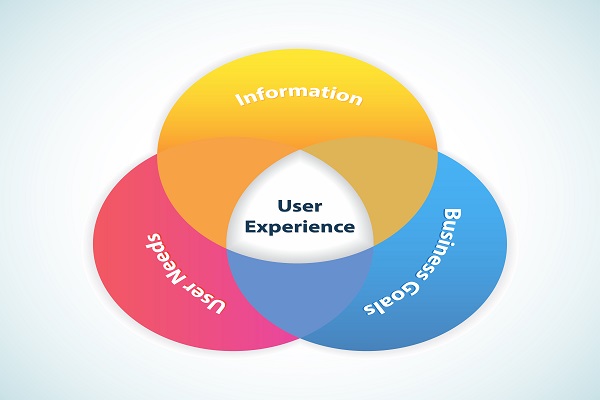
“I hope you think everything I’m going to tell you is painfully obvious,” read one of Bill Welense’s first slides at the Feb. 9, 2015 Chicago Interactive Design & Development meeting. “The world would be a better place—and we could all ride unicorns into the rainbow sunset.”
Welense, Experience Design Lead at Isobar, knows there’s nothing obvious about unlocking group creativity. It only looks that way afterward.
He called his presentation Design Concepting: Habits for Collaborative Ideation, but it was much simpler than the title sounds. Essentially, it was about basic techniques and tools we can all use to come up with cooler ideas.
WTF is Conceptual Design?
Welense, also on the adjunct faculty at DePaul University, said “conceptual design” may sound hippy-dippy, but it’s actually “an effective way to collaborate, that bridges knowledge gaps and creates new insights.”
But—as his slide title asked—WTF is conceptual design?
He stressed that concepting is a team sport that needs to fit into your daily workflow—not just a way to pull ideas out of your own head, but a habitual practice that helps teammates “develop a sixth sense ability to sync up together and improve on each other’s ideas.”
And even though his job involves designing advanced processes for the US Air Force, his methods are amazingly simple and low-tech.
Walls, Stories and Notebook Paper
“Sticking sketches to a wall lets you point out ideas in a physical form,” said Welense, describing one of his favorite techniques, the project wall. “You can create a story out of a few sentences, and sort items according to what goes together.”
Some more easy, effective techniques:
5 Problems Solved by Habitual Concepting
Welense wrapped up his presentation by discussing five problems faced by almost every organization—and ways to overcome them by making conceptual design a habit:
Check out Bill’s presentation below:
You can also view the entire presentation on YouTube here.

WunderLand Group is your go-to partner for marketing, creative, digital and sales enablement service, and the employer of choice for creative and digital specialists.
© 2023 WunderLand Group